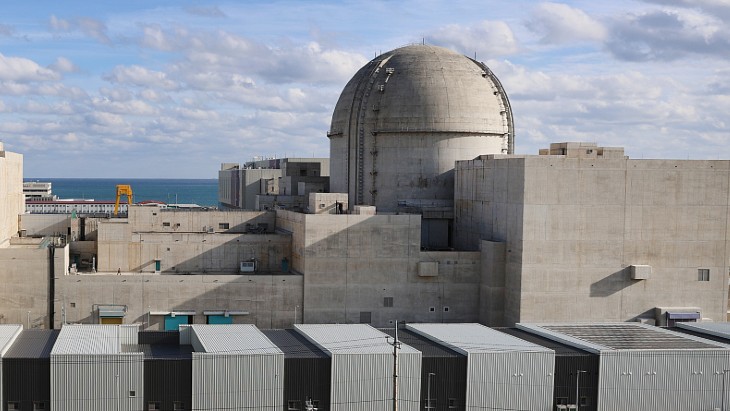Nuclear power is going through some of its toughest ever years, but retains majority global policy support, the World Nuclear Fuel Cycle (WNFC) conference heard today in Singapore.
Huge uncertainty for industry flowed from the Fukushima accident, as well as new programs to guard against external risk and improve accident mitigation. The extended shutdown of 48 reactors in Japan had instant effects on demand for reactor fuel and the raw material, uranium. Philippe Hatron of Areva told the conference that the company's current strategy for nuclear fuel production includes bringing on new facilities to replace old ones, but only to meet the needs of current reactors.
Despite this, new build projects are being launched at a speed not seen since the mid-1980s: two-thirds of new plants taking shape are in Asia, noted Alan McDonald of the International Atomic Energy Agency. His department is helping a range of countries develop the proper capability and policy to introduce nuclear power for the first time. He said the numbers of countries involved "were not greatly affected by the Fukushima accident." Around the world, "Countries representing more than 50% of the world's population are committed to building nuclear power plants," said head of the World Nuclear Association (WNA) Agneta Rising.
Thus the opening session of the conference was reminded of the expected growth in demand for electricity in Asia and across the world. By 2034 power demand in China, for example, will have grown by more than the current demand of Japan and the USA put together. To meet global needs will require about $10 trillion in generation investment as well as a further $7 trillion in grid expansion and improvement, said Scott Peterson of the US Nuclear Energy Institute (NEI). He said that nuclear power would play a significant role, reminding the audience that "the long-term fundamentals of nuclear are extremely robust and we need to remember this in times of stress.
US economics
The conference heard from James Asselstine, previously of Barclays Capital and a former commissioner with the US Nuclear Regulatory Commission (NRC). He explained that the shale gas boom in the USA has made many formerly promising nuclear projects uneconomic even though work to build four reactors is ongoing at Vogtle and Summer and the NRC continues to process licence applications for 16 more.
US power companies can purchase a gas-fired power plant on a turnkey basis for as little as $1000 per kW of installed capacity, said Asselstine, with this built in three years on a turnkey basis. By contrast a nuclear reactor would cost $4500-5000 per kW and take 4.5-5 years to build, with far less certainty on cost. Clearly fossil fuels currently enjoy lower risk and capital costs, while lifetime generation is also lower at about $55 per MWh compared with about $80-120 for nuclear.
The major missing factor in the figures above, however, is the externality of carbon dioxide emissions. Asselstine said that American decisions on the future of coal generation and a possible commitment on climate change in the 2020s could see 30-35 new nuclear power reactors ordered in regulated states by 2030. This would be enough to maintain nuclear's share of generation just below 20%.
NEI and WNA cooperate to organise the annual WNFC conference, this year taking place from 9-11 April in the Fairmont Hotel, Singapore.
Researched and written
by World Nuclear News






_49562.jpg)





